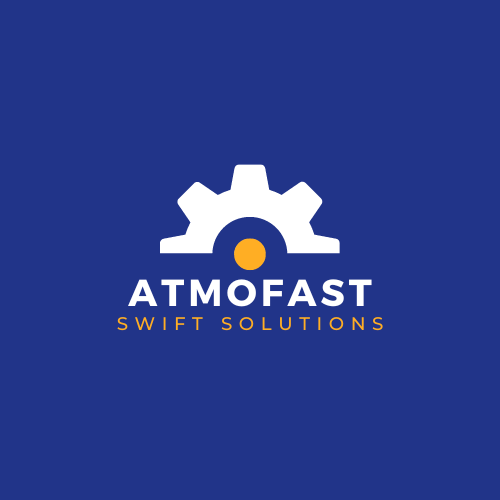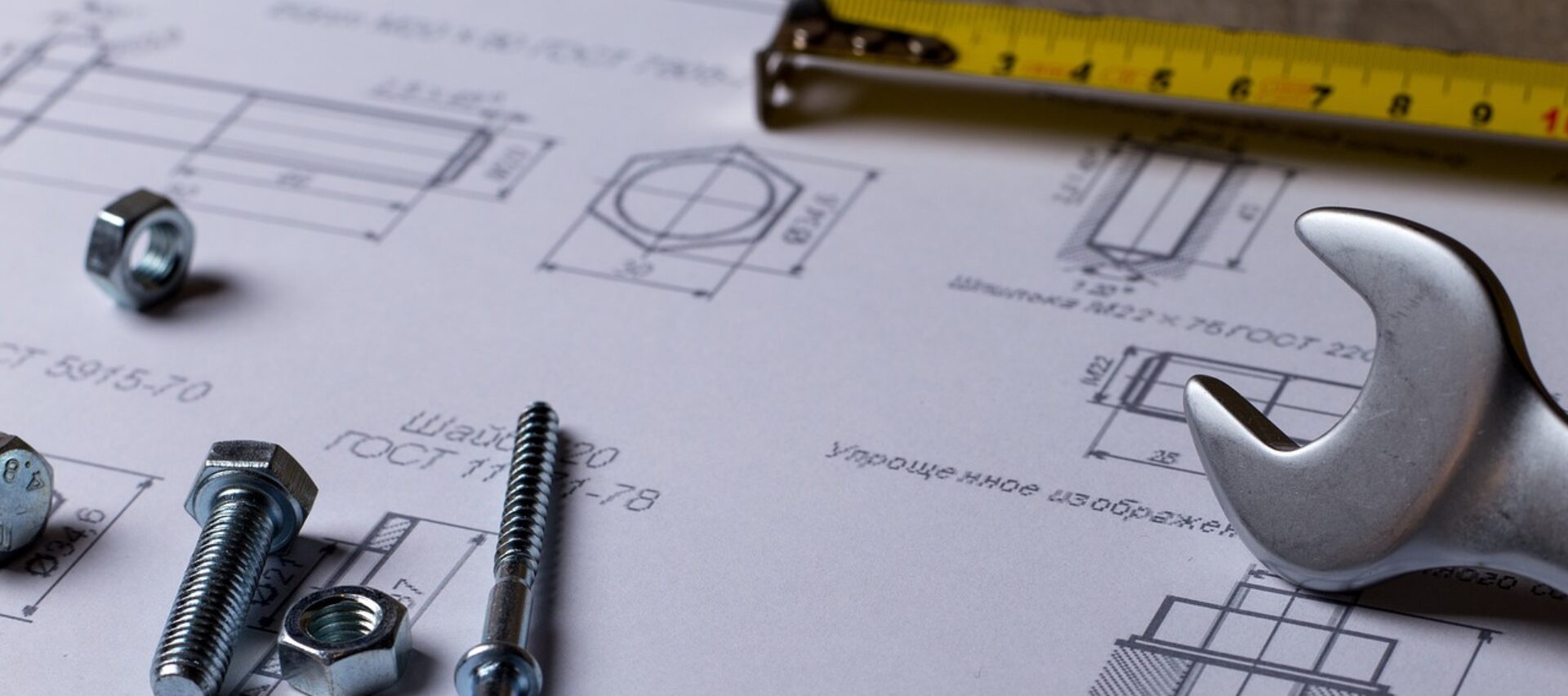High pressure water mist fire suppression systems and traditional sprinkler systems both play crucial roles in fire safety. However, they operate very differently and are suited to distinct environments.
A high pressure water mist system uses fine water droplets to suppress fire. This system produces a mist that cools the fire and reduces oxygen levels, which helps to control the flames. It’s known for using water very efficiently. The fine mist covers a larger surface area than regular sprinklers, making it effective in places where water damage needs to be minimized such as data centers or historical buildings.
Traditional sprinkler systems, on the other hand, release much larger water droplets. These systems pump water through a network of pipes to douse flames directly. They’re widely used in industrial, commercial, and residential buildings. The simplicity of the system makes it both reliable and relatively low-cost to maintain.
One of the major differences between the two is how they utilize water. High pressure water mist systems are designed to use a minimal amount of water, which significantly reduces the collateral damage often seen with traditional sprinklers. Meanwhile, sprinklers tend to use a lot more water, which can be both a positive and a negative depending on the situation.
When it comes to efficiency, it’s important to consider the specific environment. High pressure water mist systems are ideal for sensitive environments where water damage can have severe consequences, while traditional sprinklers are more suited to general fire protection in varied settings such as warehouses, offices, and homes.
Pros and Cons: Which System is Right for You?
Choosing between a high pressure water mist system and a traditional sprinkler system depends significantly on specific needs and circumstances. Each system has its own set of advantages and disadvantages that should be weighed carefully.
High pressure water mist systems are highly efficient in environments where water conservation is critical. They use less water and minimize potential water damage. This is particularly advantageous in settings like museums, data centers, or buildings with sensitive electronic equipment. Additionally, the mist system is effective at cooling and suffocating the fire, thereby controlling it quickly. The downside is the initial cost and maintenance, which tend to be higher. Installation can be complex, requiring specialist knowledge and equipment.
Traditional sprinkler systems are known for their simplicity and reliability. They are quite effective in a wide range of settings and are usually more affordable both to install and maintain. These systems are excellent for general fire protection in large spaces such as factories, office buildings, and homes. While they use more water, often leading to significant water damage, the trade-off is a proven, time-tested method of fire suppression.
Cost is an important factor. High pressure water mist systems generally come with a higher upfront cost and may require more specialized maintenance over time. Conversely, sprinklers are generally cheaper to install and maintain, making them a more economical option for large-scale applications. However, potential water damage and the subsequent costs of water-related repairs should be considered when evaluating sprinklers.
Effectiveness can vary based on the type of fire and hazards present. Water mist systems are highly effective against Class A (solid combustibles) and Class B (flammable liquids) fires, offering more thorough suppression with less water. Sprinkler systems have a broader application range but may not be as efficient in specific scenarios, particularly where minimal water usage is preferred.
Environmental impact is another consideration. High pressure water mist systems are more sustainable as they use less water and can be more efficient in extinguishing fires, thereby minimizing overall environmental damage. Traditional sprinklers, while effective, consume large quantities of water, posing a larger environmental footprint.
When making a choice, factors such as the specific application, budget constraints, potential water damage, and environmental considerations should be evaluated carefully. Both systems have their strengths, and the right fit depends on the specific needs of the environment and the nature of the risks involved.

